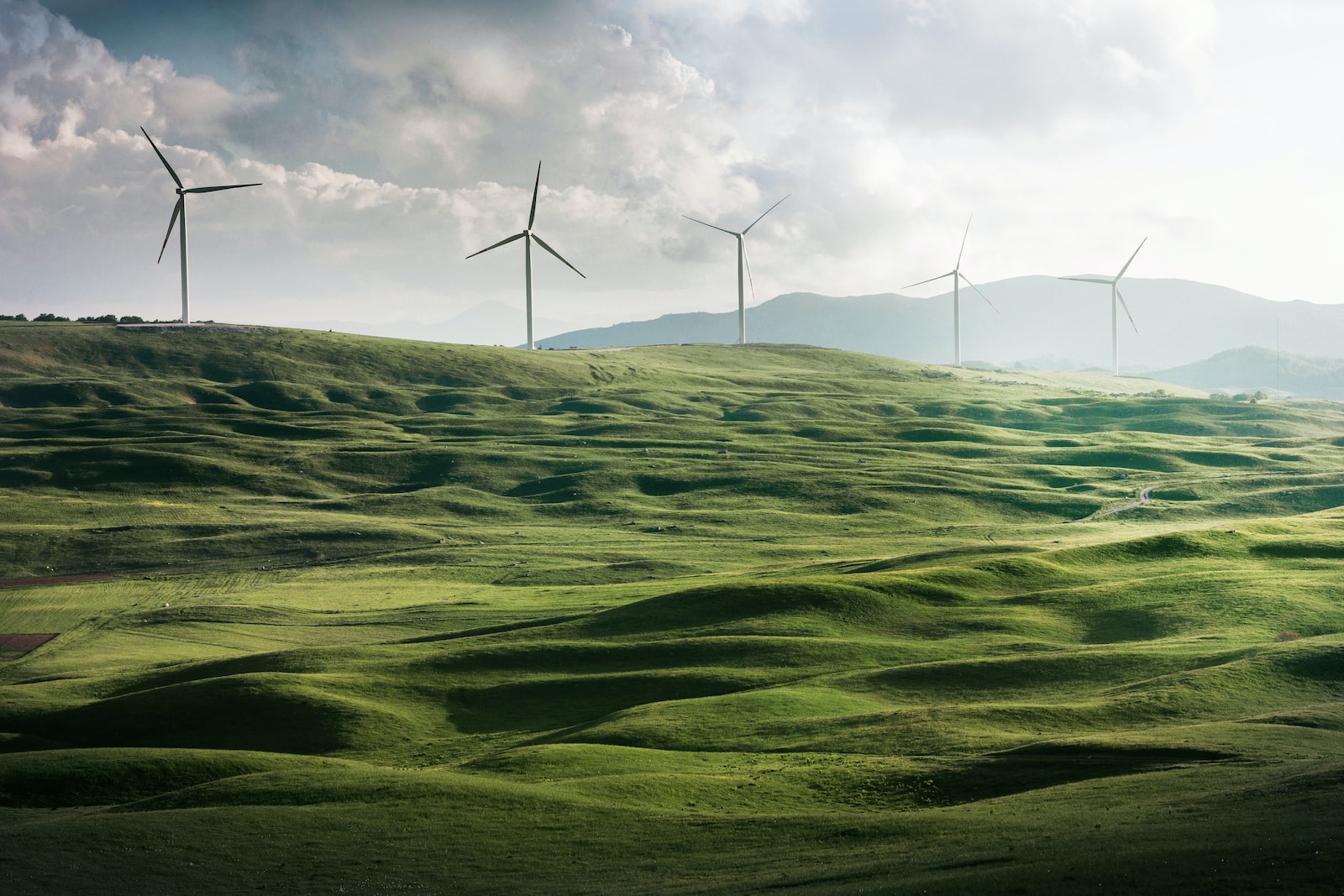The energy transition will require massive growth in the electrification of transport, industry and buildings, making it essential to transform electricity networks in an unprecedented way. In 2022, 274 billion dollars were invested in the modernisation and creation of electrical infrastructures, whereas almost 800 billion dollars a year are needed between now and 2050 in a carbon neutral scenario. To meet this challenge, the production of cables, particularly high-voltage cables, is a key element.
THE START OF A SUPER-CYCLE OF INVESTMENT IN ELECTRICITY NETWORKS
The development of electricity networks in most geographical regions has been slow over the last decade due to a lack of investment, which has been offset by gains in energy efficiency. For the years ahead, the acceleration of the transition to electrification now offers promising growth prospects.
Three main factors are driving the acceleration of investments in electricity networks:
- The average age of infrastructure (around 70% of transmission infrastructure is over 30 years old in the United States and Europe)
- The rapid growth in the production of renewable energies (which should increase from 12% of the mix in 2022 to more than 80% in 2050 in a carbonneutral scenario)
- The development of new uses, particularly in terms of mobility and digitisation (electric vehicles, data centres)
Consequently, the investment needed in a carbonneutral scenario in 2050, i.e. around 800 billion dollars per year, can be divided between the replacement of the most obsolete assets (19%), the upgrading of existing assets (40%), and the development of new infrastructures (41%).
Around 40% of this investment should be allocated to transmission infrastructure (high-voltage networks transporting electricity from production sites to densely populated areas) and 60% to distribution infrastructure (low- or medium-voltage networks transporting local electricity).
CABLES, A MARKET AT THE HEART OF ELECTRIFICATION
This super-cycle of investment in electricity networks represents a very significant growth opportunity for operators of transmission and distribution infrastructures (utilities), but also for the entire related value chain. At the heart of this value chain, producers of electrical cables occupy an indispensable place in a market that is expected to grow by an average of 7% to 8%a year between now and 2030.
The cable market is divided into two major blocks:
- Low and medium voltage cables (around 85% of the market in volume, expected to grow by 4% to 5% a year between now and 2030), used mainly in applications linked to the end demand for electricity (transport, buildings)
- High-voltage cables (around 15% of the market in volume, expected to grow by 15% to 20% a year between now and 2030), which are used for transmission infrastructures. This market is divided into three main segments (submarine interconnections, onshore interconnections, and offshore wind energy) and is two to three times more profitable than the low and medium voltage market, given the high technological barriers to entry and the oligopolistic situation on the supply side (the 4 main operators – Prysmian, Nexans, Sumitomo Electric, NKT – have a combined market share of over 50%).
OUR EXPOSURE TO THE CABLE MARKET
We are currently invested in the world market leader, the Italian group Prysmian. Primarily serving 3 end markets (energy, industry and telecommunications), the group operates across the entire electrical network value chain (generation, transmission and distribution), generating 52% of its business in Europe, 31% in North America, 9% in Asia-Pacific and 9% in Latin America. As of June 30, 2023, Prysmian’s order book stood at an all-time high of €9.1 billion.
Discover de full Fund Insight d’ODDO BHF AM here








